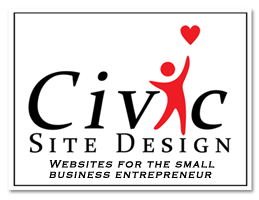Neat tools and useful reference pages to make your websites look sharp.
http://messenger.yahoo.com/pingbox
For those that do some basic website design on their own pages, have a Yahoo Instant Messenger account and want their clients & customers to contact them via Yahoo IM. Just log in to your Yahoo IM account, go to Yahoo’s Messenger Pingbox webpage, create the beast & copy the code to your computer. Great for business who use Yahoo IM A LOT to keep in touch with their suppliers, clients & customers. When you note on your IM box that you’re busy or away, it will let them know on your website, too.

